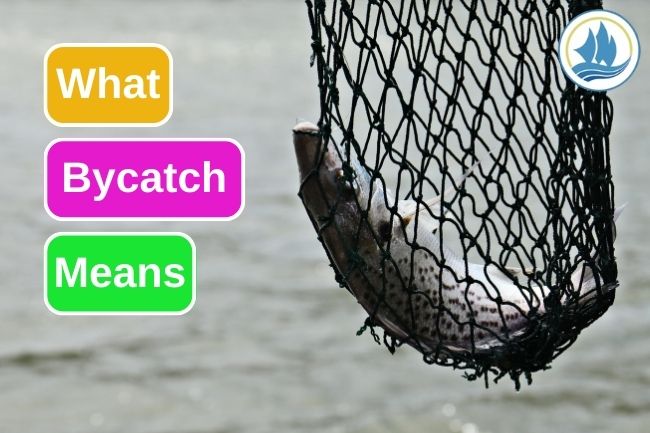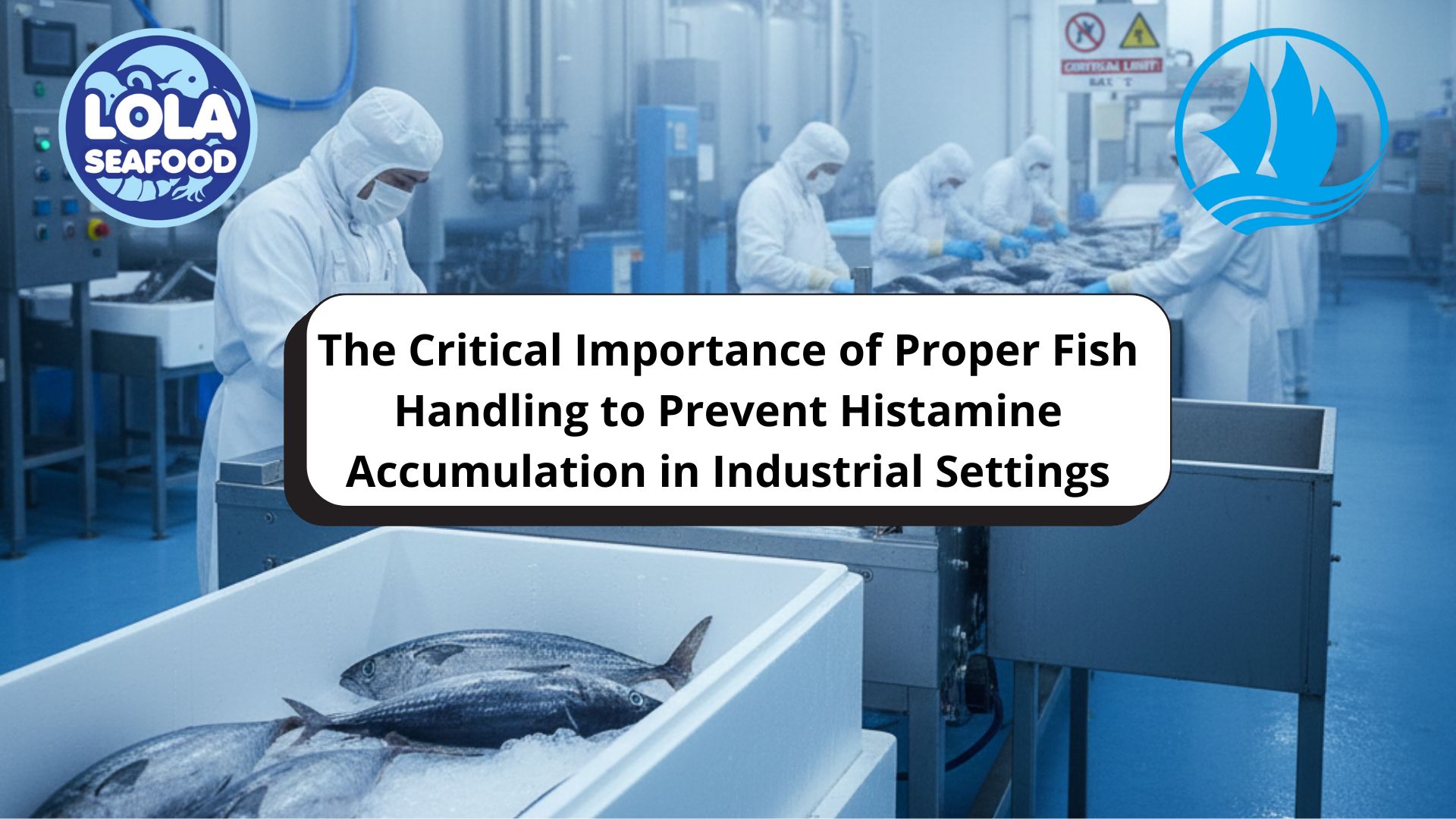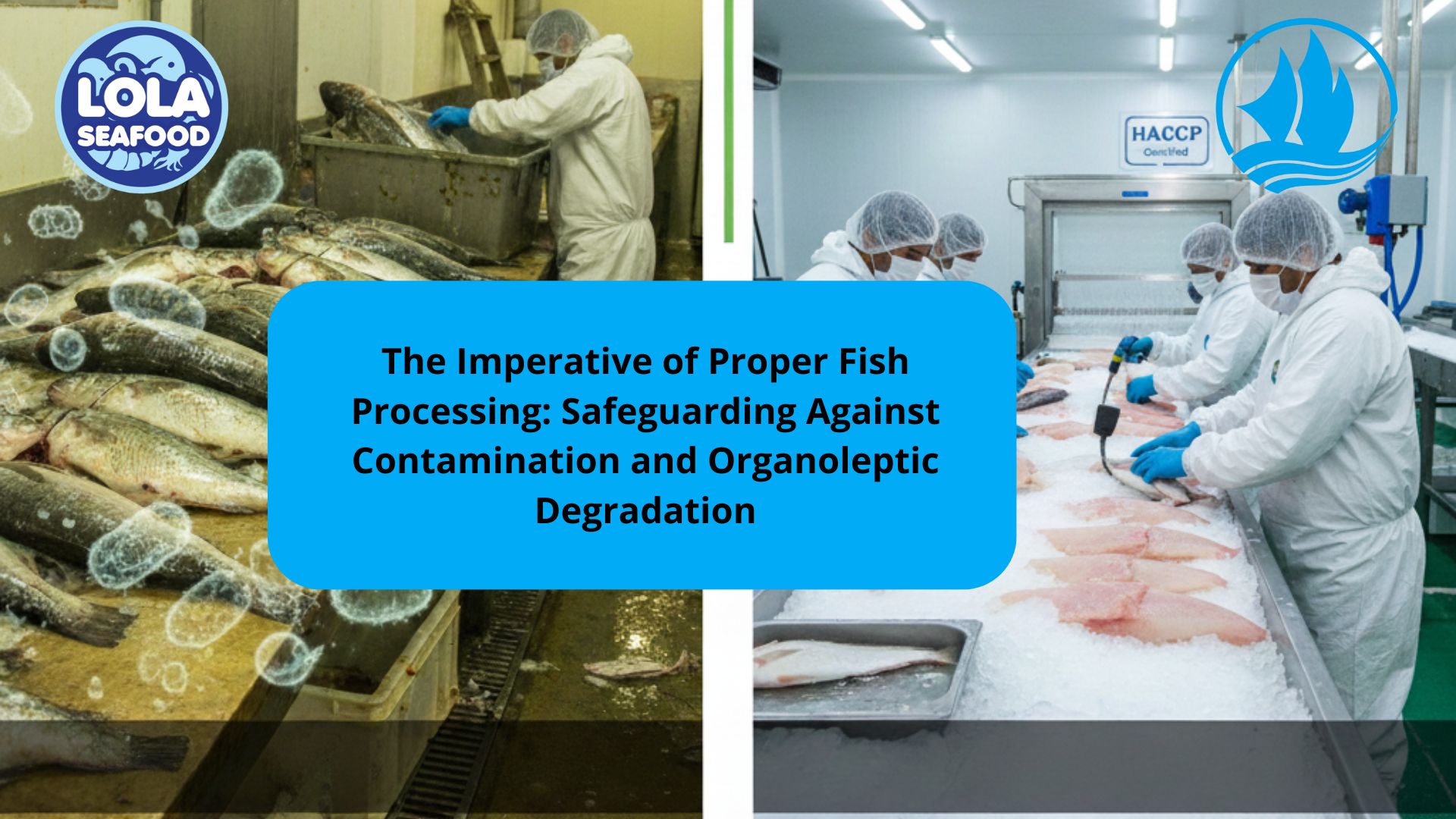This Is What Bycatch Means In Fisheries Terms
By. Nevanda - 17 Apr 2023
kelolalaut.com - Bycatch (or by-catch), in the fishing industry, is a fish or other marine species that is caught unintentionally while fishing for specific species or sizes of wildlife. Bycatch is either the wrong species, the wrong sex, or is undersized or juveniles of the target species.
The term "bycatch" is also sometimes used for untargeted catch in other forms of animal harvesting or collecting. Non-marine species (freshwater fish not saltwater fish) that are caught (either intentionally or unintentionally) but regarded as generally "undesirable" are referred to as "rough fish" (mainly US) and "coarse fish" (mainly UK).
Bycatch issues originated with the "mortality of dolphins in tuna nets in the 1960s".
There are at least four different ways the word "bycatch" is used in fisheries:
- Catch which is retained and sold but which is not the target species for the fishery
- Species/sizes/sexes of fish which fishers discard.
- Non-target fish, whether retained and sold or discarded
- Unwanted invertebrate species, such as echinoderms and non-commercial crustaceans, and various vulnerable species groups, including seabirds, sea turtles, and marine mammals.
Additionally, the term "deliberate bycatch" is used to refer to bycatch as a source of illegal wildlife trade (IWT) in several areas throughout world.
PREVENTION ACT TO REDUCE BY CATCH
Concern about bycatch has led fishers and scientists to seek ways of reducing unwanted catch. There are two main approaches.
One approach is to ban fishing in areas where bycatch is unacceptably high. Such area closures can be permanent, seasonal, or for a specific period when a bycatch problem is registered. Temporary area closures are common in some bottom trawl fisheries where undersized fish or non-target species are caught unpredictably. In some cases fishers are required to relocate when a bycatch problem occurs.
The other approach is alternative fishing gear. A technically simple solution is to use nets with a larger mesh size, allowing smaller species and smaller individuals to escape. However, this usually requires replacing the existing gear. In some cases, it is possible to modify gear. Bycatch reduction devices (BRDs) and the Nordmore grate are net modifications that help fish escape from shrimp nets.
Read also: 3 Potential Risks From Eating Raw Fish
 in Meeting Global Protein Demand Sustainably.jpg)
Sustainable Aquaculture: The Role of Recirculating Aquaculture Systems (RAS) in Meeting Global Protein Demand Sustainably

The Critical Importance of Proper Fish Handling to Prevent Histamine Accumulation in Industrial Settings






